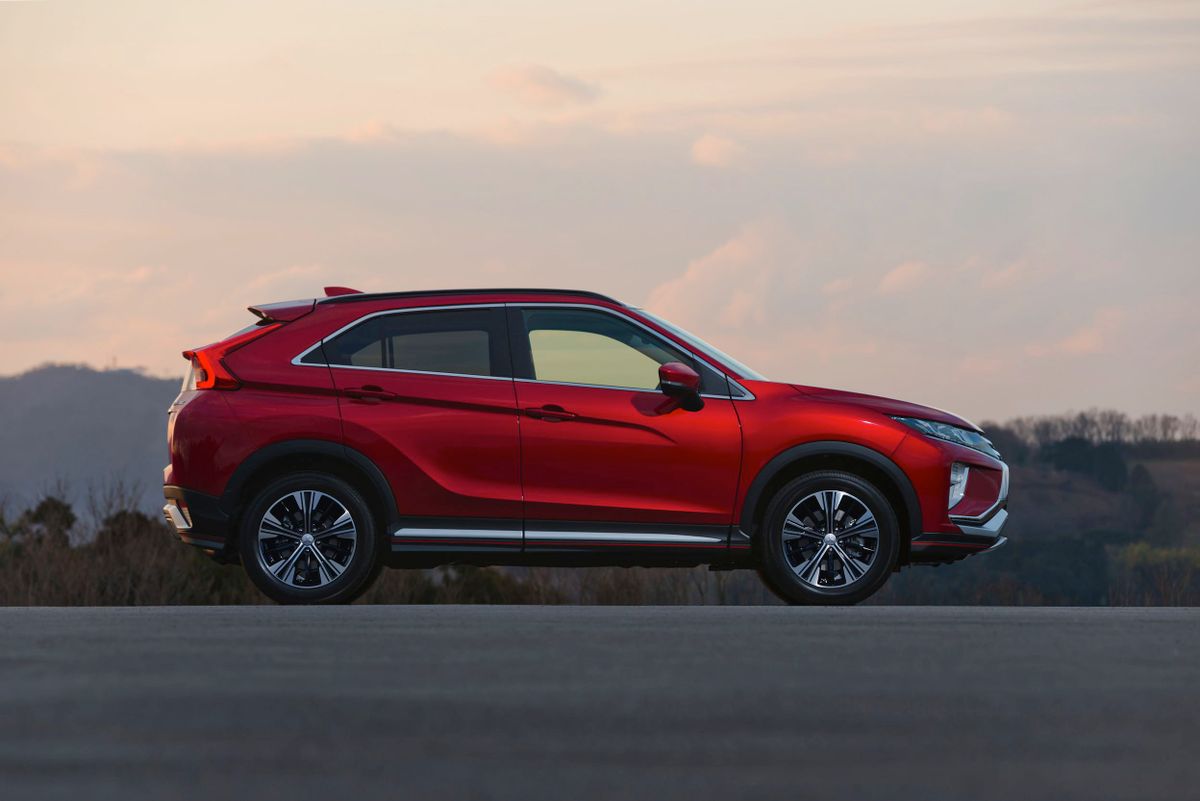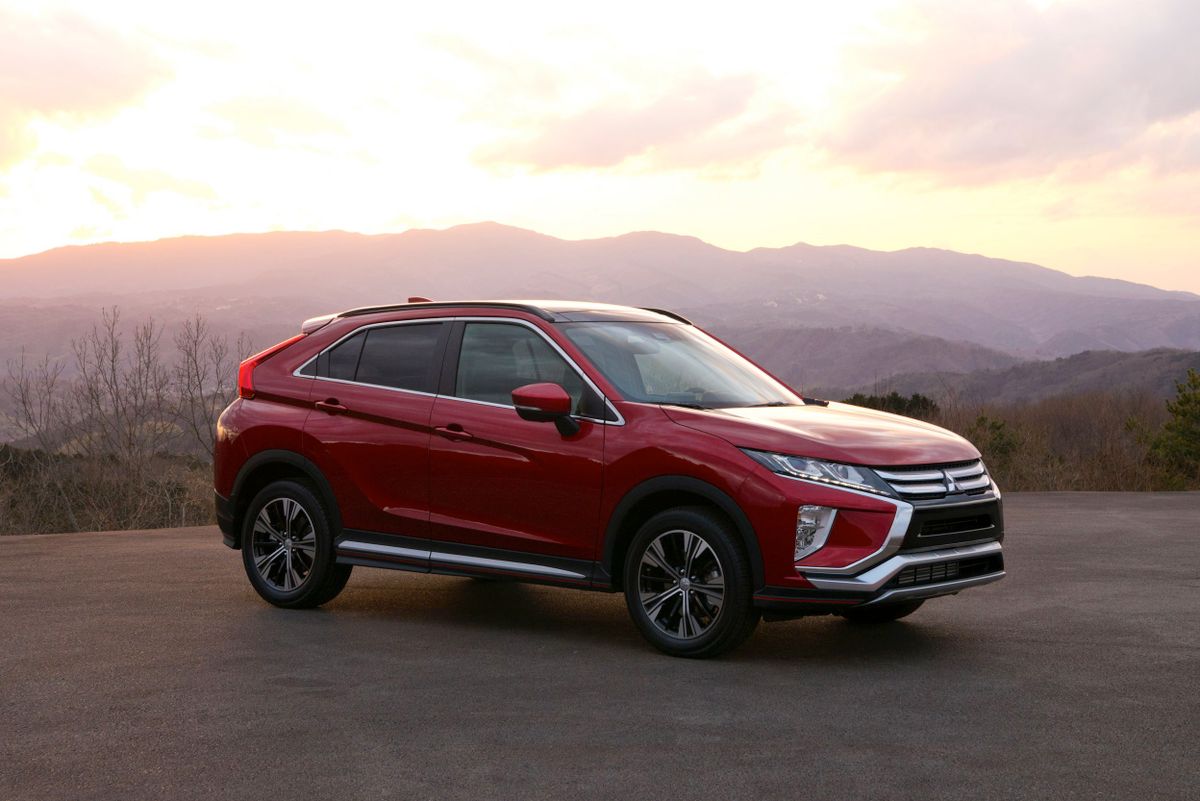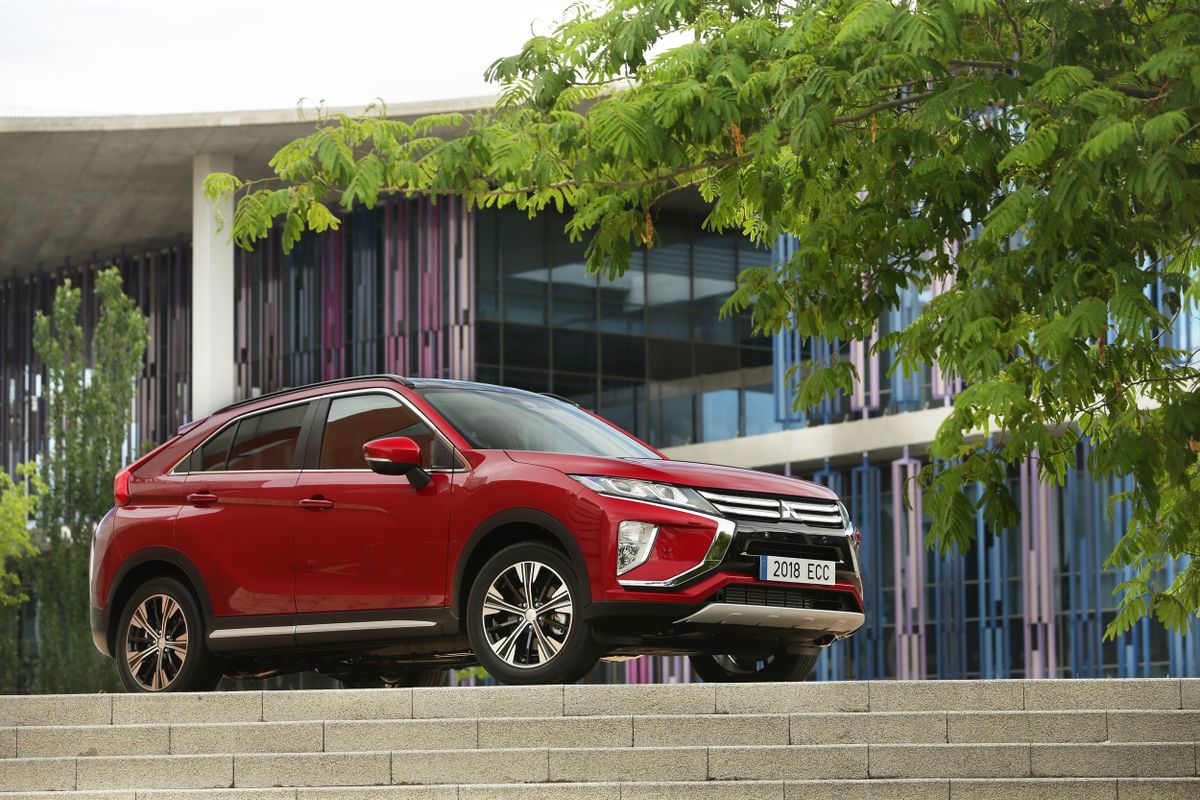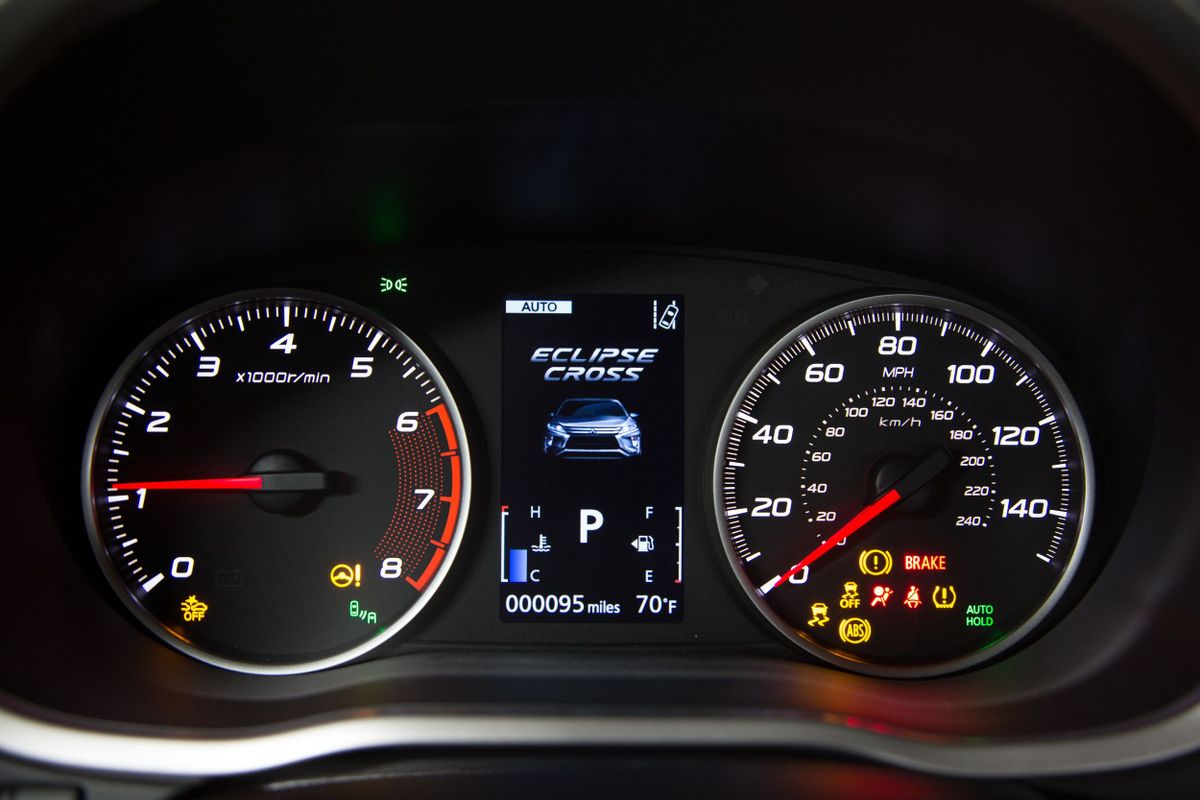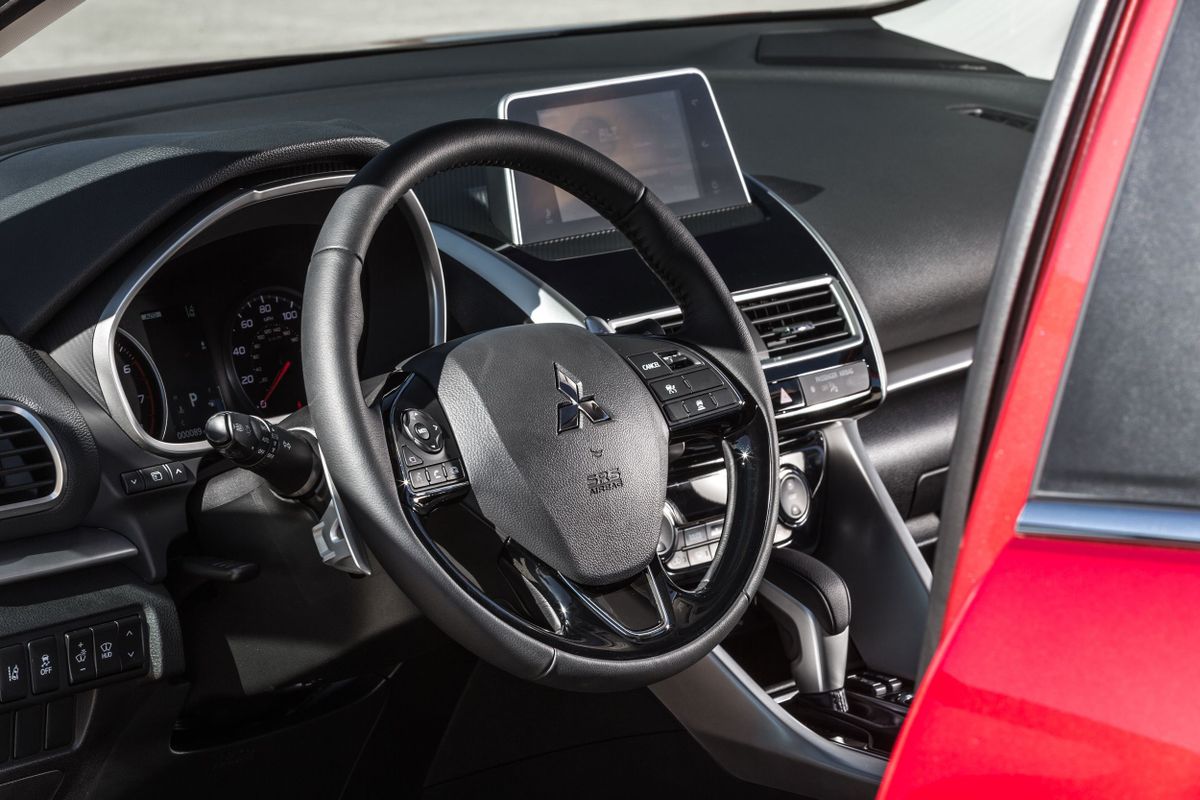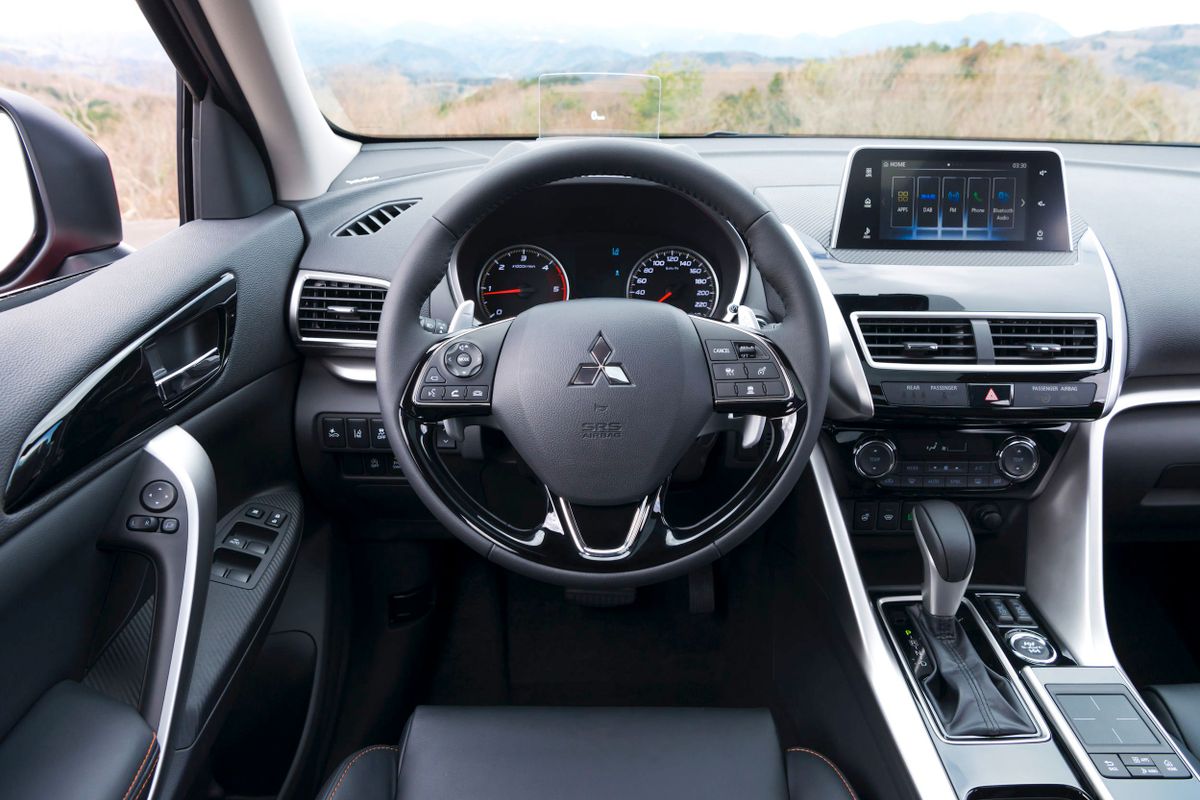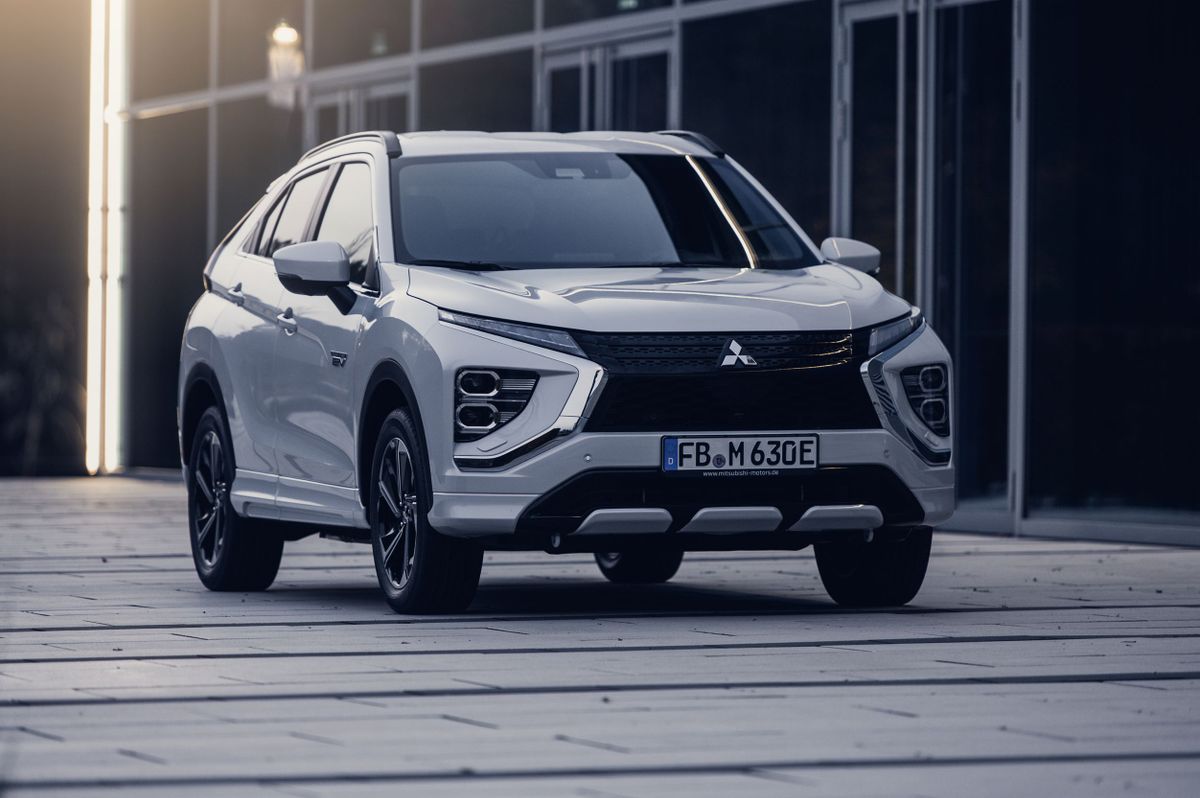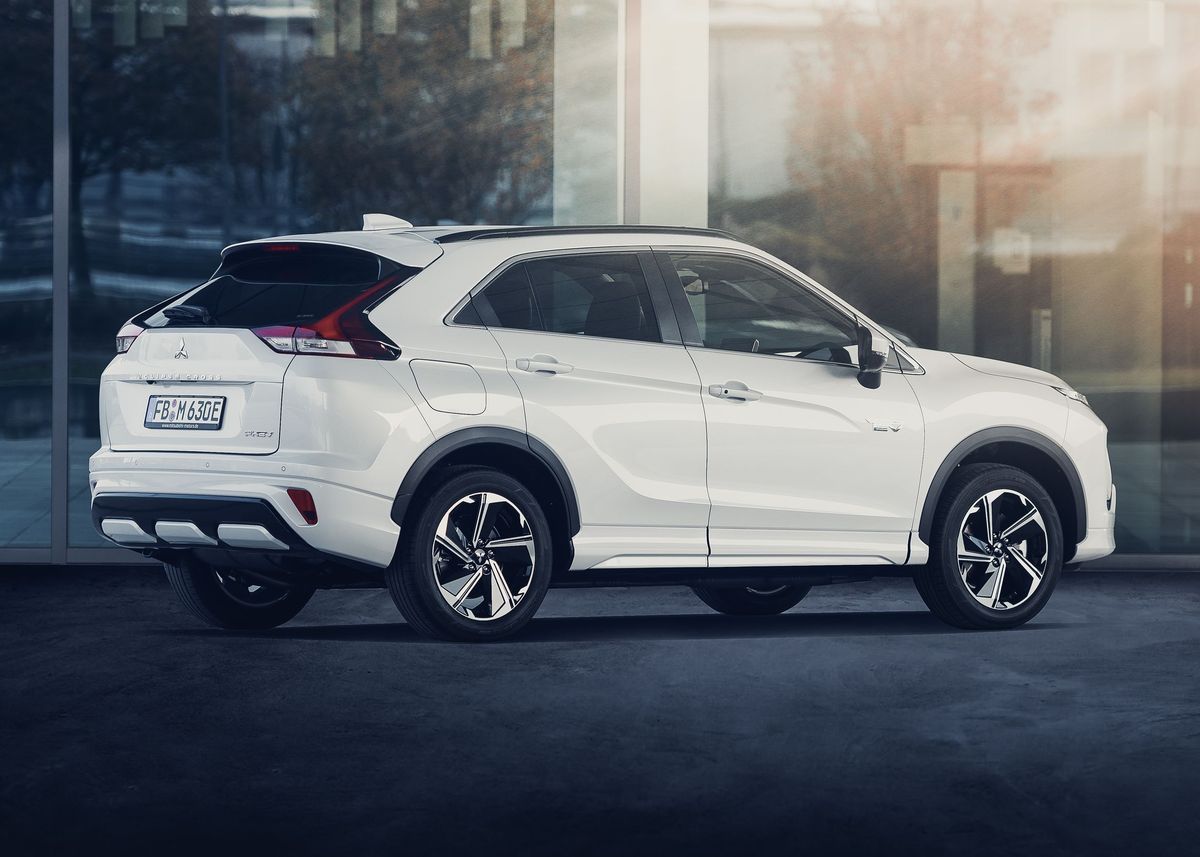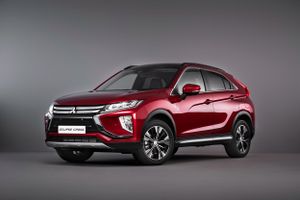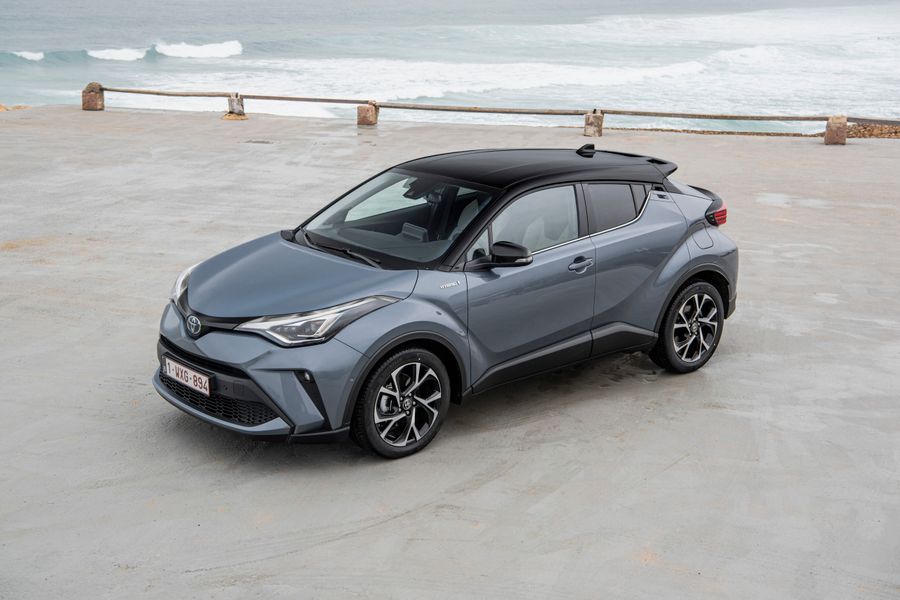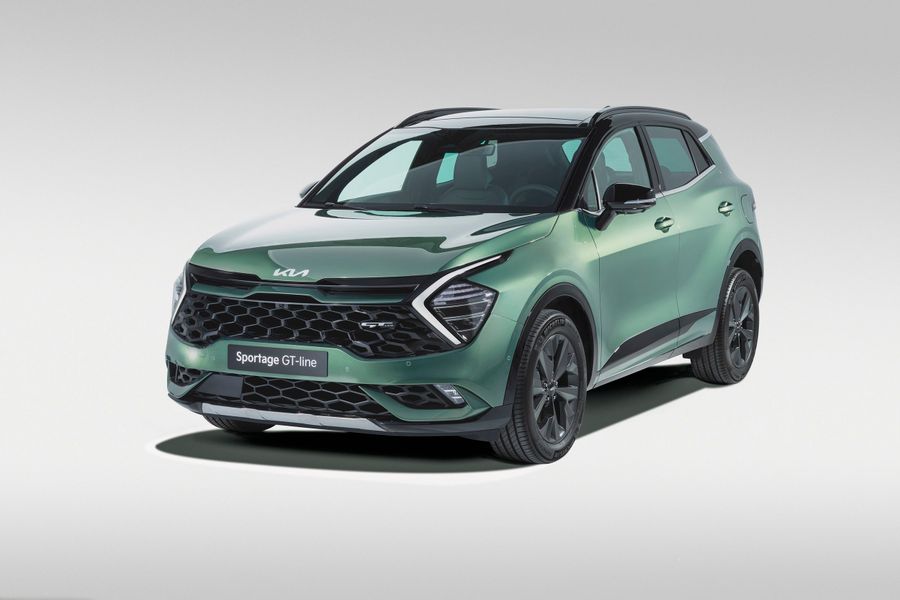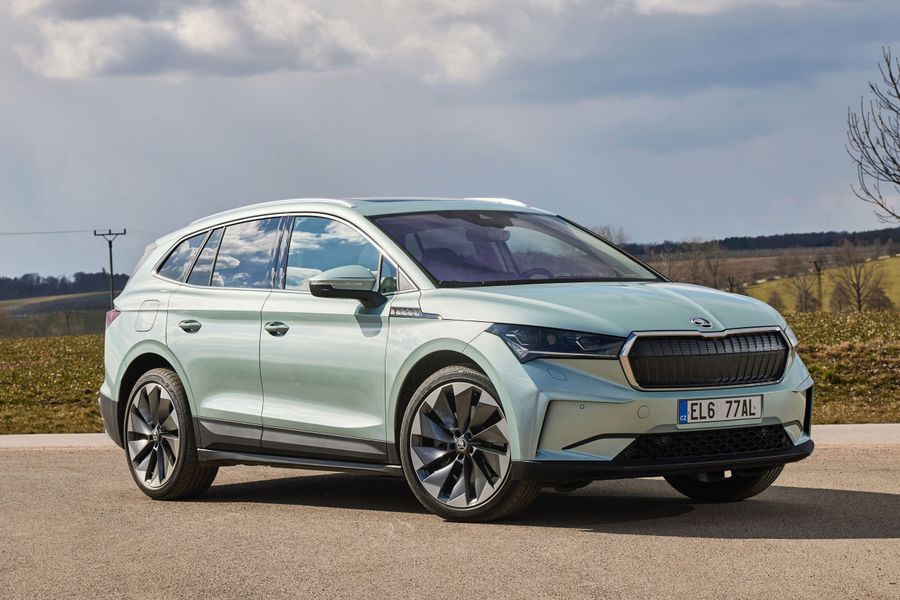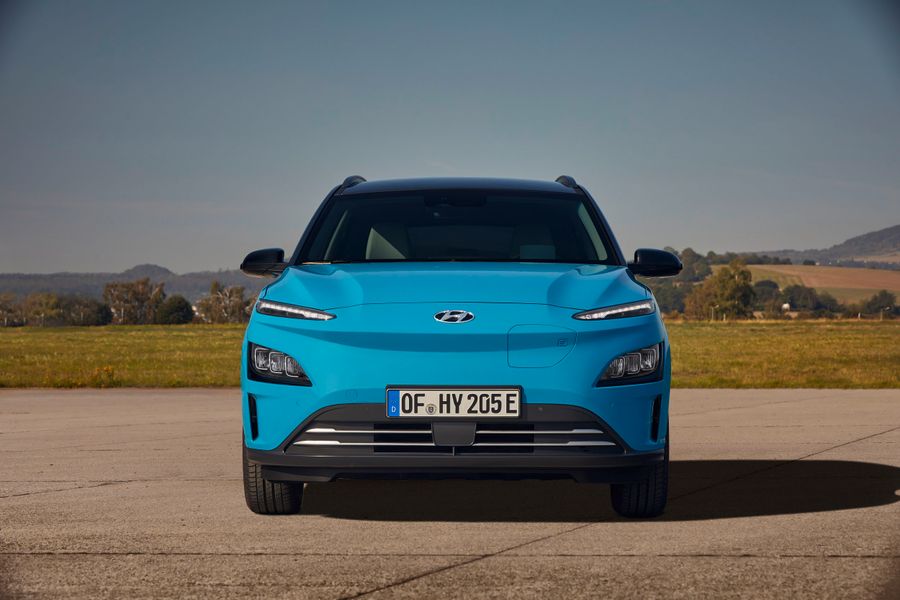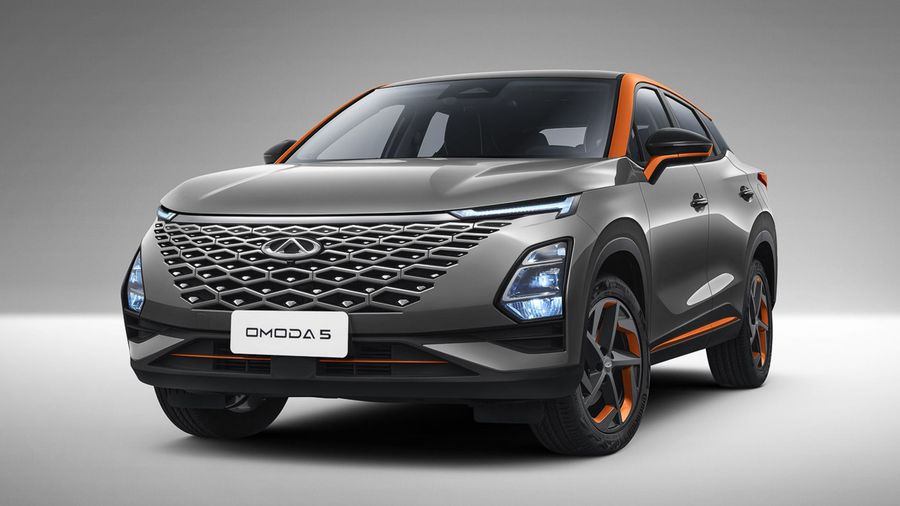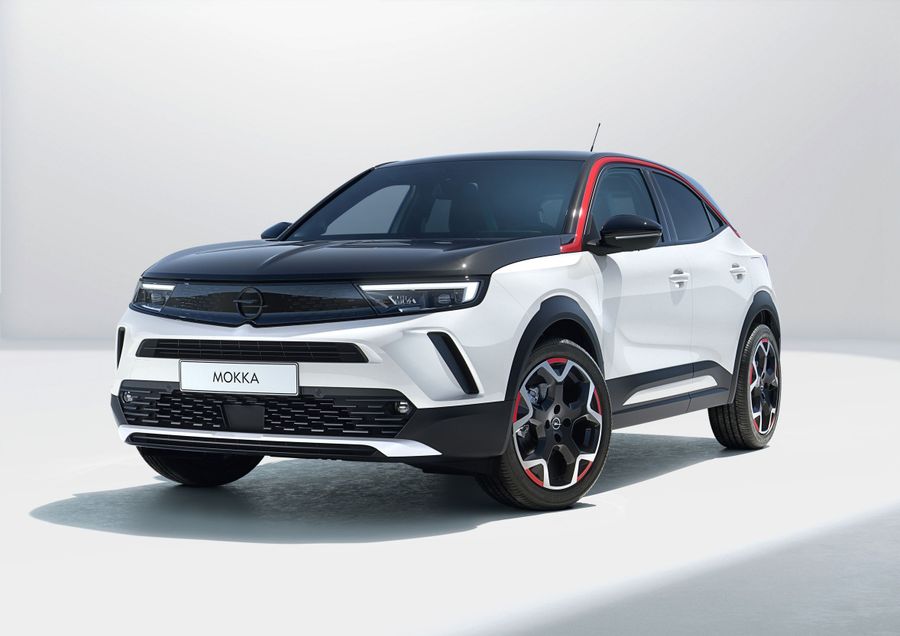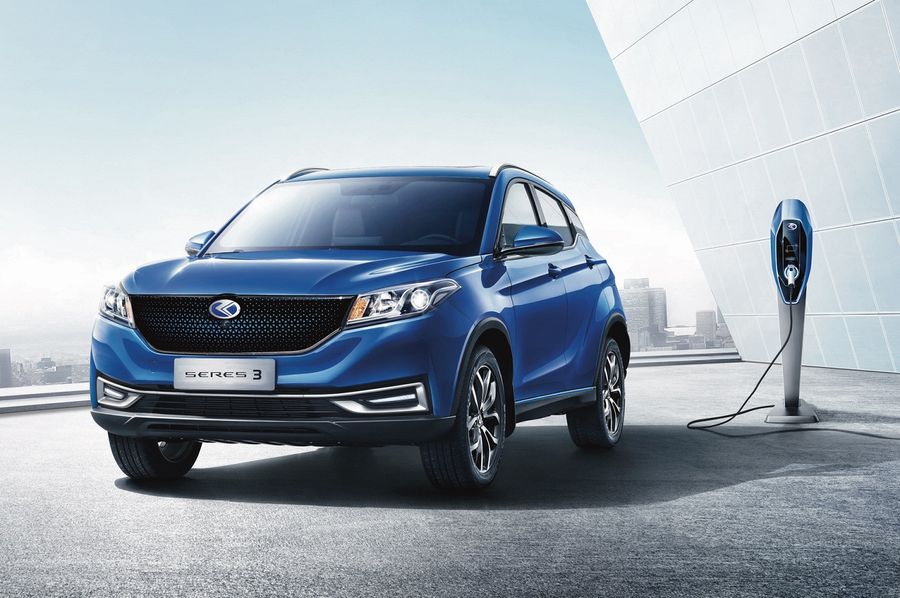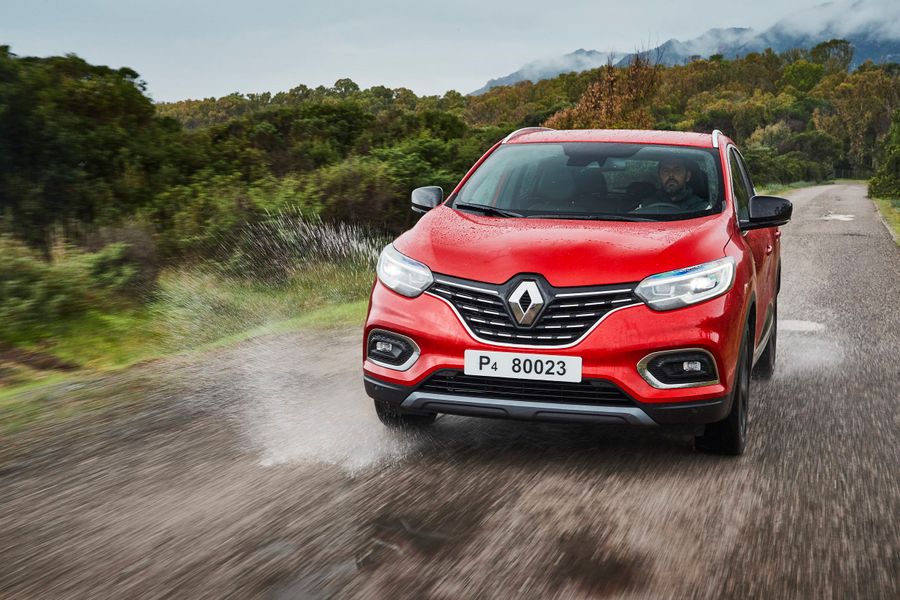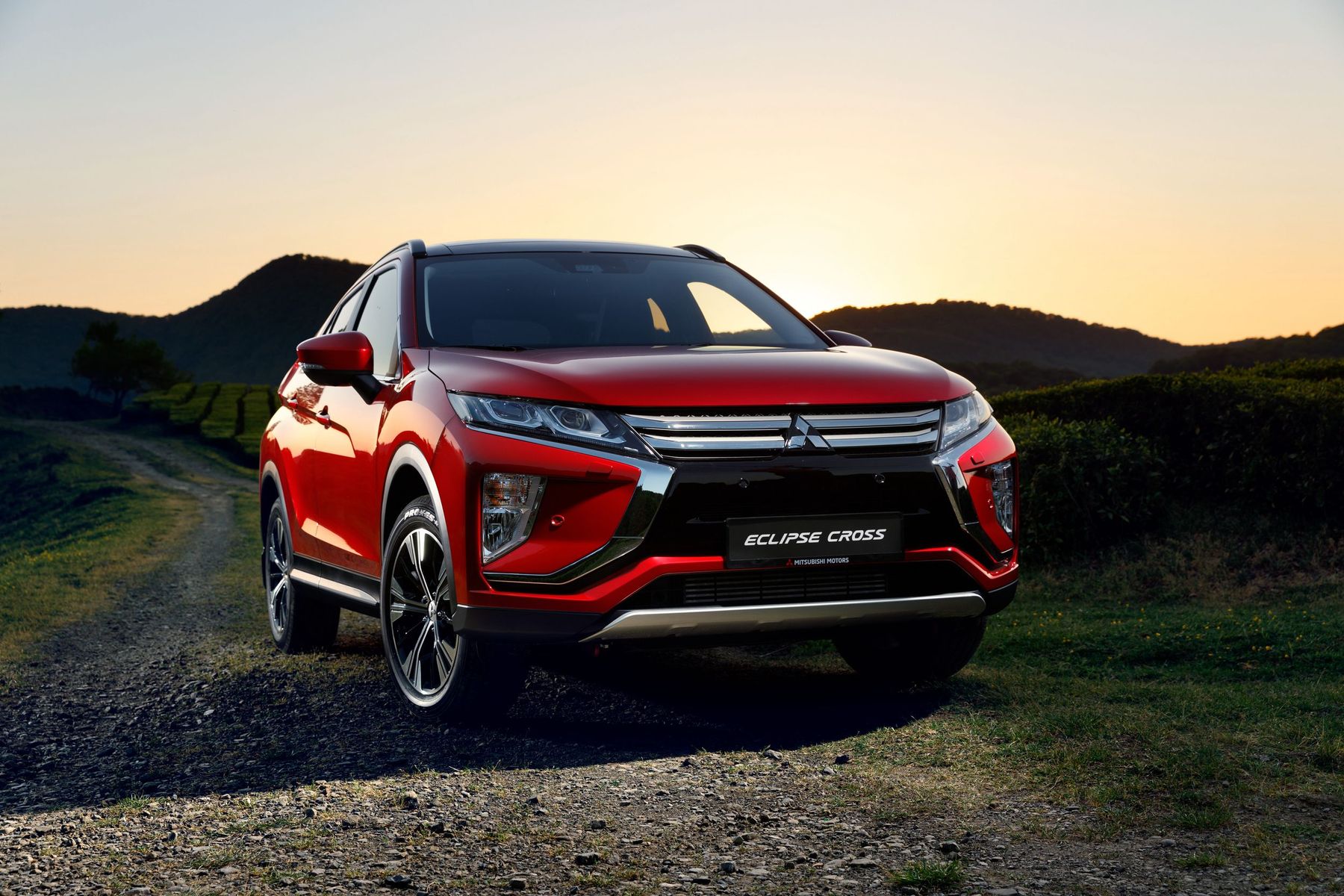
Exterior overshadows flaws
The Mitsubishi Eclipse Cross is a compact crossover SUV produced by Mitsubishi Motors (Japan). Its production began in the fall of 2017, and three years later the vehicle underwent restyling. In 2021, the upgraded SUV will go on sale.
The SUV has inherited its name (‘Eclipse’) from the sports coupe, produced by Mitsubishi for some markets in 1989-2011. ‘Cross’ is an abbreviated word for ‘crossover’. The premiere of the model took place on March 7, 2017 at the Geneva Motor Show, and the vehicle was presented almost in the same form in which it went on sale. Representatives of the manufacturer described it as follows: ‘This vehicle has a rich heritage, is the brightest star in the brand’s SUV lineup and simply very attractive’.
The first generation
The Mitsubishi Eclipse Cross is the original model, the development of which began in 2013, even before Mitsubishi was taken over by the Renault–Nissan Alliance. The model is based on the same global platform as the ASX and Outlander. It is 4,405 mm long, 1,805 mm wide and 1,685 mm high. Thus, in terms of size, the Eclipse Cross is between the ASX (4,295 mm) and Outlander (4,695 mm). The wheelbase is 2,670 mm.
Exterior
The vehicle is distinguished by its eye-catching and recognizable exterior. The designer seems to have been inspired by such features as aggression, dynamics and uniqueness. The exterior was designed by the famous designer Tsunehiro Kunimoto, who had previously created the revolutionary Nissan Juke. A corporate-style Dynamic Shield front face, a sloping hood, a gracefully curved roofline reminiscent of the back of a cat getting ready to jump, stern with two spoilers, large bumpers, ascending lines of embossing on the sides are striking. This unique exterior does not leave anybody indifferent: you either like it or reject it completely. People often criticize the second spoiler, as it impairs rear visibility.
Interior
Unfortunately, it is obvious that the manufacturer has cut down on the interior: the dashboard and climate control unit are borrowed from Pajero Sport, the driver’s seat has no lumbar support, and automatic mode and backlighting are only provided for the driver’s window regulator button. On the top, there is a new tablet 7-inch display, the center console became two-story, and a touchpad is placed on the central tunnel. An interesting detail: a screen rises from the visor of the dashboard, but it’s more of a toy: only the speedometer and adaptive cruise control data are shown there.
The steering wheel is very handy and height and reach adjustable. The fit is easy to regulate with the help of an electric drive. Plus, there are good side support rollers in the back of the seat. The rear is no less spacious than that of the Outlander, because the wheelbase of these vehicles is the same. However, despite the sufficient knee room, there is little headroom. The roof, which is almost completely transparent due to two hatches, does not visually press on the head, and the second row passengers can open or close the curtain of their ceiling ‘window’. If there is no one in the back row, then the seats can be moved forward by as much as twenty centimeters, and then the volume of the trunk will become quite decent, growing from 341 to 448 liters. The rear seat backrests recline over a very wide range.
Engines and chassis
The SUV is equipped with a 1.5 liter turbocharged petrol 4B40 engine with 163 hp, and in some markets, there is also a 2.2-liter turbocharged diesel engine with 150 hp, aggregated with an automatic transmission. In Israel, only the petrol version with a CVT is on sale. By the way, the CVT has eight gears and very naturally imitates switching between these ‘virtual’ gears, and the turbocharged petrol engine is capable of delivering full thrust in a wide range: from 1,800 to 4,500 rpm. As for fuel consumption, the all-wheel drive version consumes 8.1 liters, and the front-wheel drive version consumes 7.5 liters (manufacturer’s data).
The Mitsubishi Eclipse Cross is dynamic. Thus it takes this vehicle 9.7 seconds to accelerate to 100 km, while the maximum speed is 200 km/h. In practice, the thrust is stable, without a hint of any turbo lags, with good dynamics even after 130 km/h. On the track, this will help you easily and safely overtake other vehicles. However, the suspension clearly hints that this model is more for the city. The chassis is built similarly to the brand’s co-platform models: the MacPherson strut with springs at the front and a multi-link suspension with springs at the rear. It is tuned so that it does not react to small irregularities, swings at gentle inclines, and rolls when turning. A light steering wheel with a poor feedback is also a sign of city transport. In this context, a clearance of 180 mm is just great, as well as a rigid body, consisting of high-strength steels. And rather for beauty, there is such a sporty element as a bracing in the engine compartment.
Equipment
What does the S-AWC badge on the tailgate of the 4WD SUV mean? Alas, the intrigue is far-fetched: the Eclipse Cross has the four-wheel drive typical of SUVs with a multi-plate clutch connecting the rear axle. The thrust vector is controlled exclusively by software, but it occurs just as efficiently as if the transmission actually had an active differential with controlled lockout. In practice, you can easily start the vehicle, even if one of the wheels is off the ground. It is not easy to cause cross axling.
It is safe to say that the Eclipse Cross is the most advanced crossover SUV of this company, and not only in terms of its exterior. The basic version comprises a Stop and Go system, an automatic electric handbrake, adaptive cruise control that works until the vehicle stops, a lane departure warning system and collision avoidance system.
The first generation, 2020 restyling
In October 2020, the manufacturer conducted a scheduled restyling, after which the Eclipse Cross began to look more beautiful and at the same time simpler. The Dynamic Shield-style front face has turned out to be very aggressive: the headlights are lower, with only narrow LED strips of daytime running lights being in their place. The bumper and grille are also new. In profile, the vehicle has remained practically unchanged, but the rear is completely different. The taillights have replaced the lower glass section on the fifth door, and the bumper is now without silver inserts. The eight-inch touchscreen media system has now moved closer to the front passengers, removing the touchpad from the center console. The front and rear overhangs have increased, and the SUV has become 14 centimeters (4,545 mm) longer, while the trunk volume has increased by 50 liters.
The vehicle is still equipped with a turbocharged 1.5 liter petrol four-cylinder engine (150 or 163 hp depending on the market) with a CVT. Both front-wheel drive and S-AWC versions are available. The turbocharged 2.2 diesel engine will no longer be available, but there is the Eclipse Cross PHEV rechargeable hybrid. In Israel, this SUV will appear in the first half of 2021.


